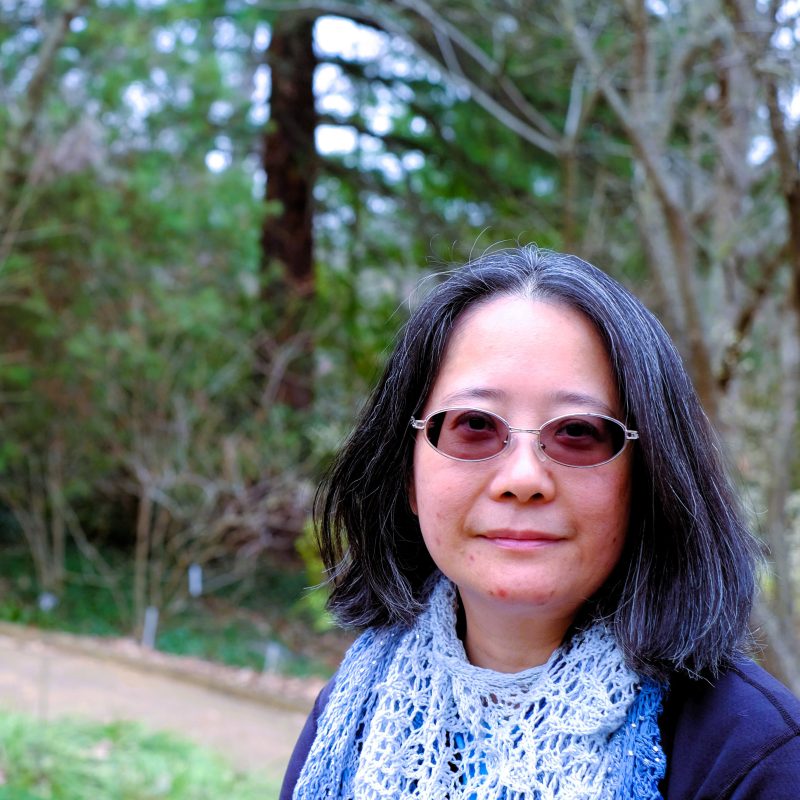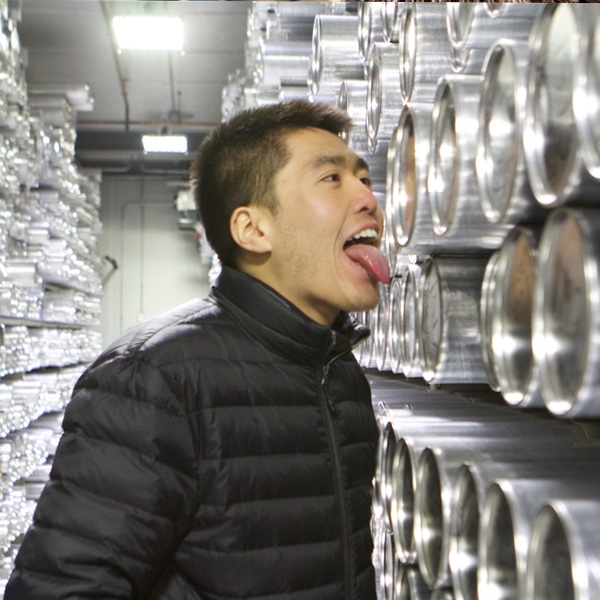Collaborative Research: Laser Cutting Technology for Borehole Sampling
A vast portion of cryospheric science—the studies of polar ice and the gases, chemicals, isotopes, dust, and biomatter it holds—shares one fundamental requirement: high-quality samples from the depths of an ice sheet. Drilling for a complete ice core is a massive, costly, years-long operation; faster methods such as hot-water drilling achieve their speed largely by giving up the ability to return ice. Robotics-Enhanced Laser Ice Collection is a design which could quickly and economically retrieve new ice samples from almost any borehole, whether drilled using traditional coring drills or rapid-access systems. RELIC uses high-power 1070 nm laser light, carried by fiber optics down to a lightweight probe, to cleanly cut wedges of ice from borehole sidewalls. The use of modern laser technology provides low vibration for brittle ice, eliminates contamination from physical cutting blades, reduces mechanical complexity, and allows new samples to be retrieved from scientifically-interesting depths more quickly, cheaply, and easily than ever before.




